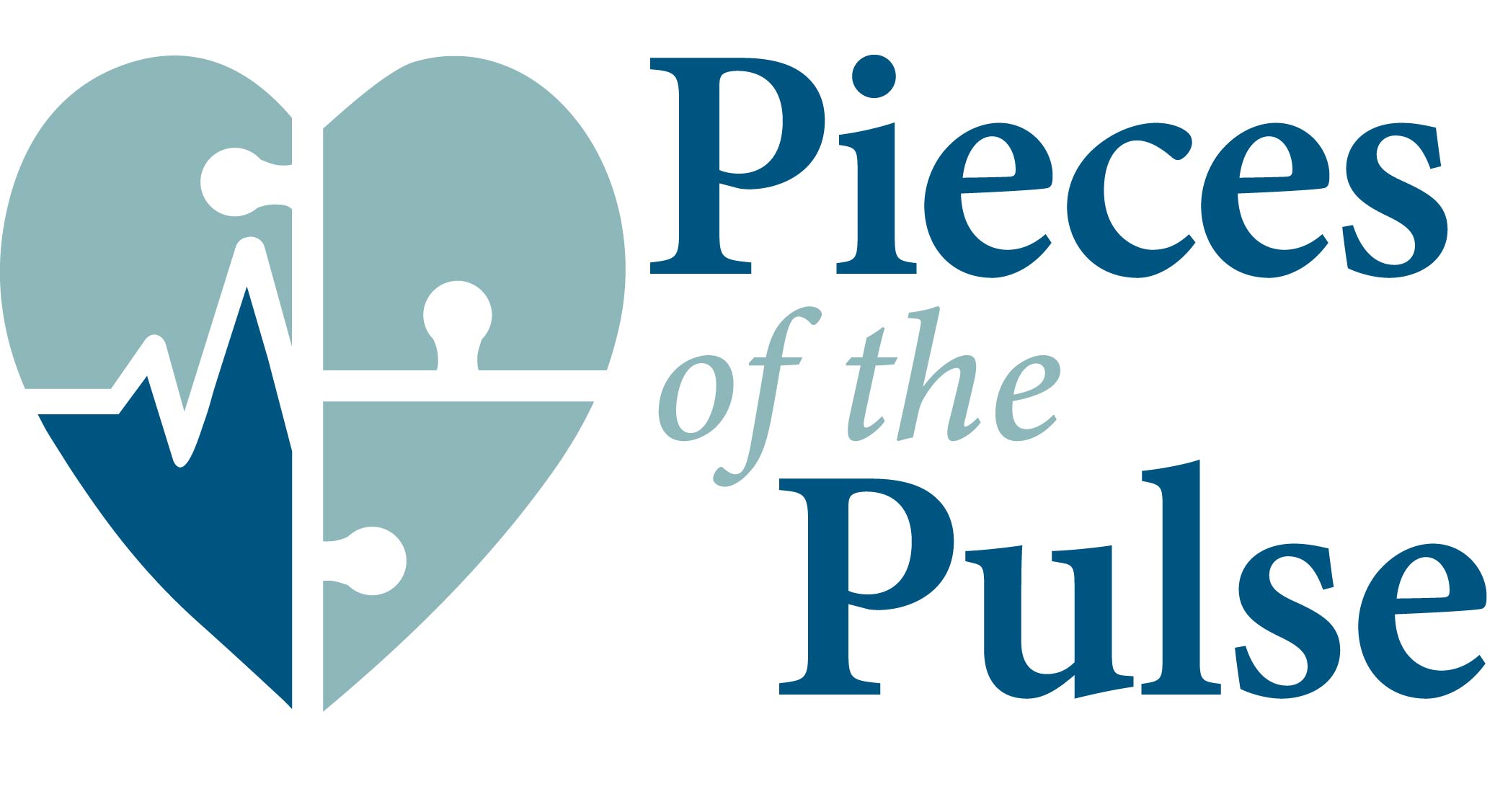Welcome to the second post in our “7 Steps to a Healthier Heart” series! Over the next few weeks, we’ll dive into simple, science-backed changes you can make to protect your most vital organ: your heart. Heart disease remains the number one cause of death globally, but the good news is, many of the risk factors are within your control.
Sarah Bush Lincoln Cardiologist B. Lakshmi, MD, explains how to prevent a heart attack, highlights the best noninvasive screenings to assess heart risk and emphasizes the importance of family history in heart disease.
Exercise
Even if exercise feels overwhelming or difficult right now, it’s important to remember that you can start small and gradually build your strength. Begin with simple activities like walking, biking or low-impact aerobics. These exercises can be easily incorporated into your daily routine, and as you gain confidence, you can gradually increase the intensity and duration. The key is to start somewhere that feels manageable for you and slowly challenge yourself over time. Remember, every little bit of movement counts and even small steps toward being active can have a significant positive impact on your health.

Here are some simple steps to start exercising
Start Small and Be Consistent
If you’re not used to exercising regularly, begin with just five to ten minutes a day, three to five days a week. It might not feel like much, but it’s all about building the habit.
Wear the Right Shoes
Supportive, cushioned walking or running shoes are a game-changer for your comfort and joints. Look for arch support and flexibility, especially if you’ll be exercising on hard pavement.
Warm Up
Before your exercise, warm up your muscles and joints for two to five minutes to ease into motion. Dynamic stretches are a great option.
Increase Time Gradually
Each week, increase your total exercise time by five minutes per session, or aim for adding one more minute each day. A good long-term goal is 30 minutes a day, most days of the week.
Mix It Up
• Walk indoors (malls, treadmills or even around your home).
• Try listening to music, audiobooks or a walking podcast.
• Vary your routes to keep things interesting and explore new scenery.
• Try new movements, don’t do the same thing every single day.
• Walk with a friend!

Please note the information in this blog is not a subsitute for medical care. You should always consult your doctor for more details or before beginning an exercise program.


Leave a Reply